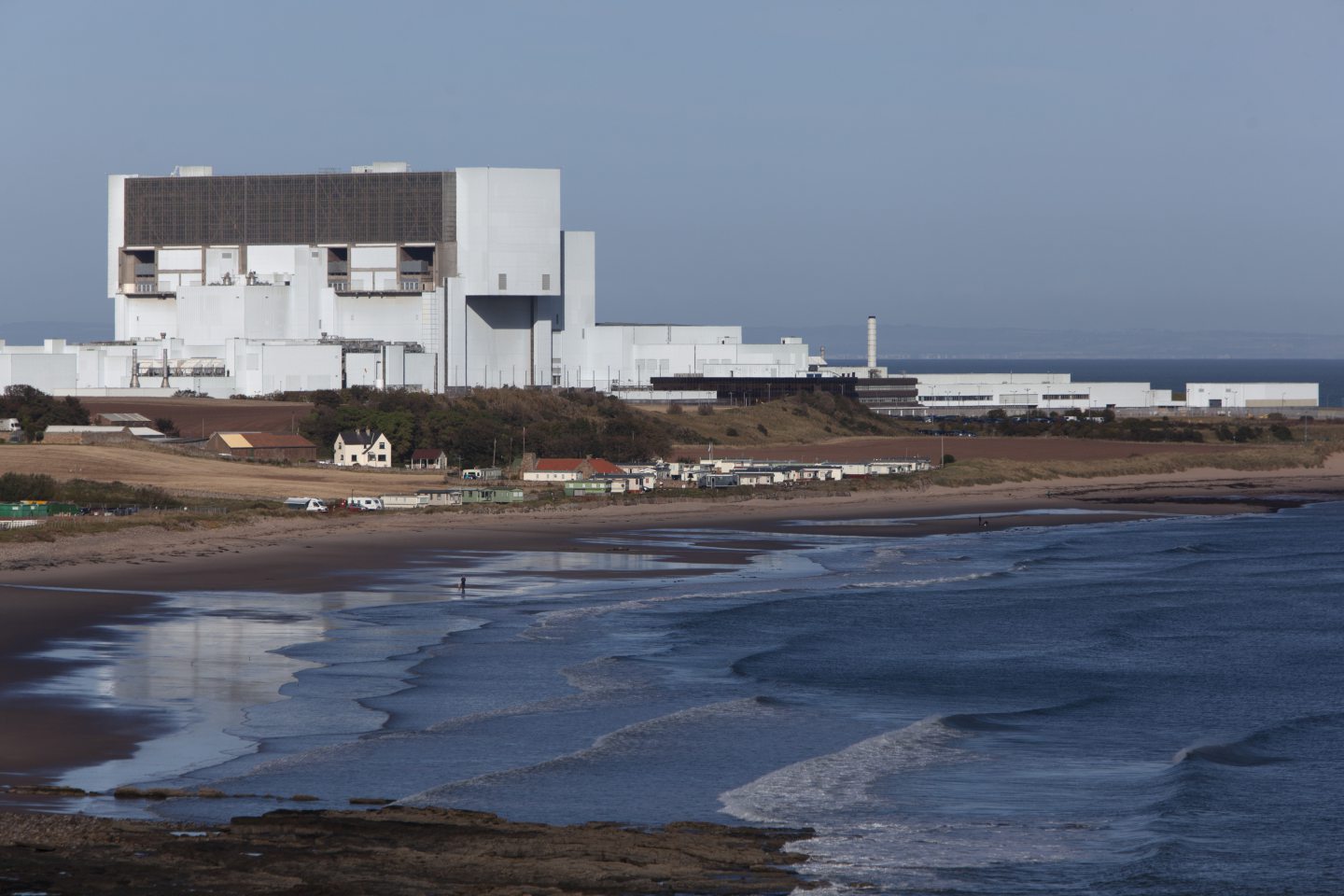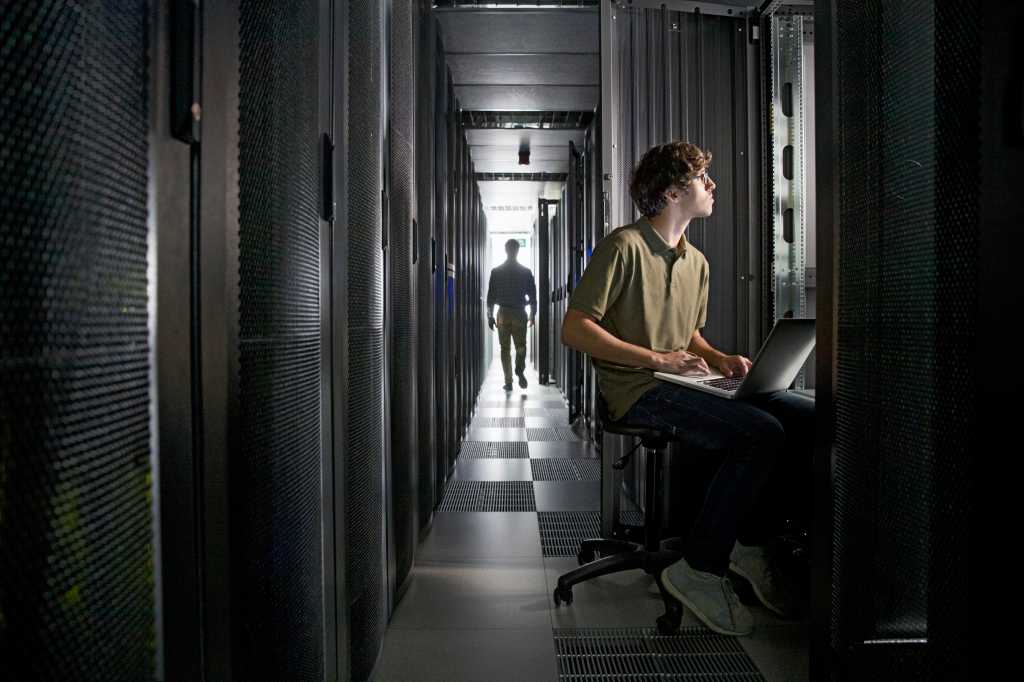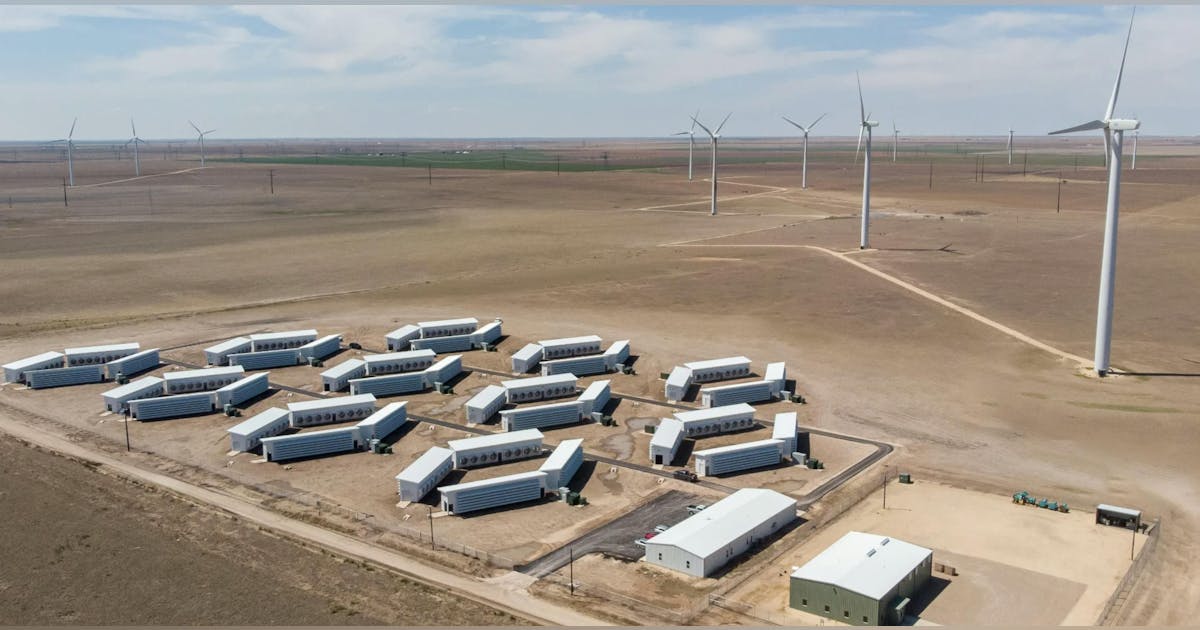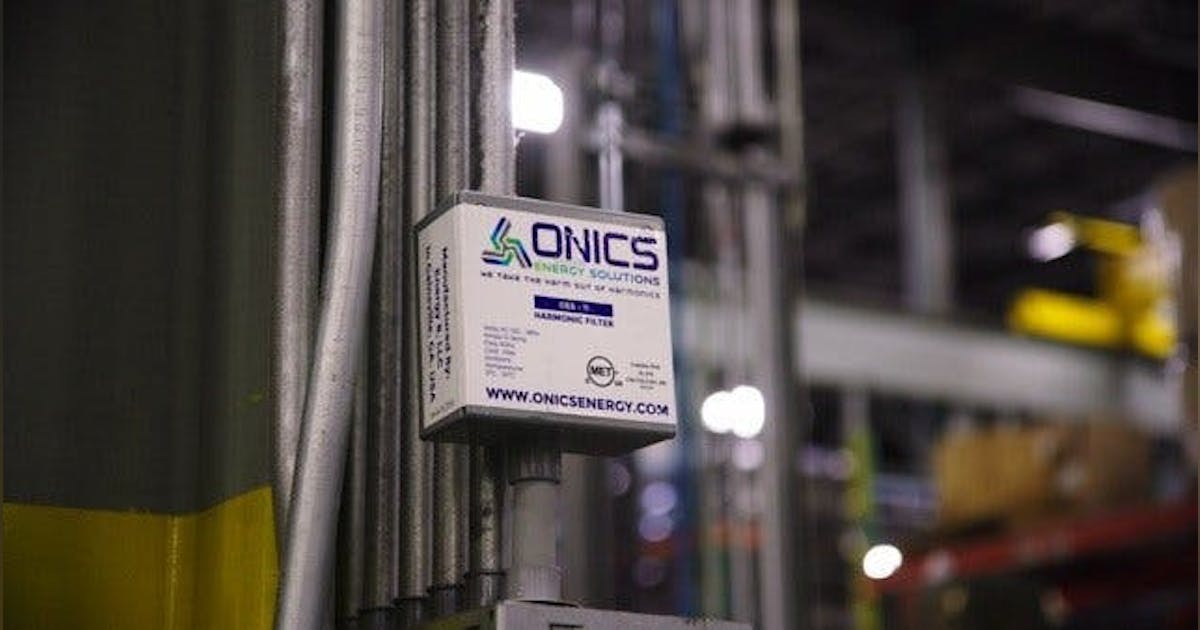
First minister John Swinney and his Scottish Conservative rival were both rebuked by Holyrood’s presiding officer as they clashed over the future of Scotland’s energy supply.
Conservative leader Russell Findlay branded the Scottish government’s opposition to new nuclear power “nonsensical, impractical and irresponsible” as he said blocking such developments in Scotland is an act of “self-harm”.
He also hit out at Swinney over the SNP’s stance on new oil and gas developments, and attacked him for having been in government with the Scottish Greens – who he branded “dangerous fanatics” and “dangerous cranks”.
That prompted presiding officer Alison Johnstone to urge Findlay “to treat other members with courtesy and respect”.
She issued a similar warning to the first minister when he went on to accuse his Tory rival of “barefaced dishonesty”.
The attack came as Swinney told MSPs during First Minister’s Questions that Findlay had voted for climate change targets at Holyrood last November, but this year had described Conservative UK leader Kemi Badenoch’s opposition to net zero targets as “refreshingly honest”.
Findlay claimed opposition to new oil and gas developments would “result in higher energy prices and greater reliance on foreign imports”.
He told Holyrood: “The SNP used to say it’s Scotland oil, now they just want to just stop oil.”
With a new poll on Thursday showing more than half (52%) of those who voted for the SNP in 2021 support nuclear power being included in Scotland’s energy mix, despite the party’s longstanding opposition to it, Findlay then said: “John Swinney is intent on inflicting self-harm on Scotland by blocking all new developments.
“Nuclear energy is green and clean, it produces a reliable and steady supply, and it would bring down people’s bills.”
However the first minister insisted: “Nuclear power will not bring down the energy prices of householders in this country.”
He claimed the Hinkley Point C nuclear power station being built in Somerset had been due to be completed in 2025 at a cost of £34 billion – but it is now expected to cost £46 billion and be delayed until 2031.
“How is that going to bring down fuel bills in this country?” the first minister asked.
On the issue of oil and gas, Swinney said the Scottish government’s approach is clear that “any decision must be the subject of a climate compatibility assessment”.
He told MSPs “we cannot deny the realities of what we’re facing as a society” with regard to climate change, but said his government will “support industry to transition to that reality”.
The clashes came just days after bosses at Petroineos confirmed refining operations have ended at the Grangemouth site, which had been the only oil refinery in Scotland.
Findlay claimed the move was “the price of the SNP and Labour’s hostility towards oil and gas”.
Swinney expressed his “support and solidarity” to workers being made redundant at Grangemouth, insisting the decision to cease refining had been “premature”.





















